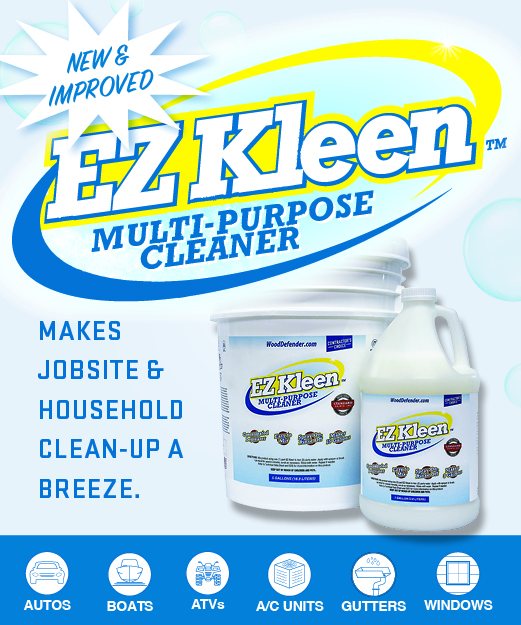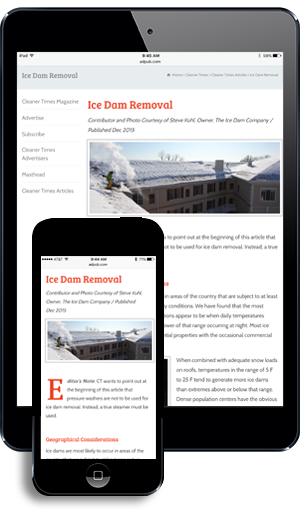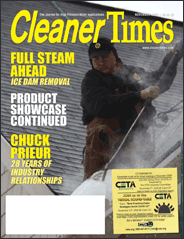
Waterblasting In A Winter Wonderland
How to Winterize Your Waterblasting Unit
by Rich Gomez – Jetstream of Houston, LLP | Published October 2025
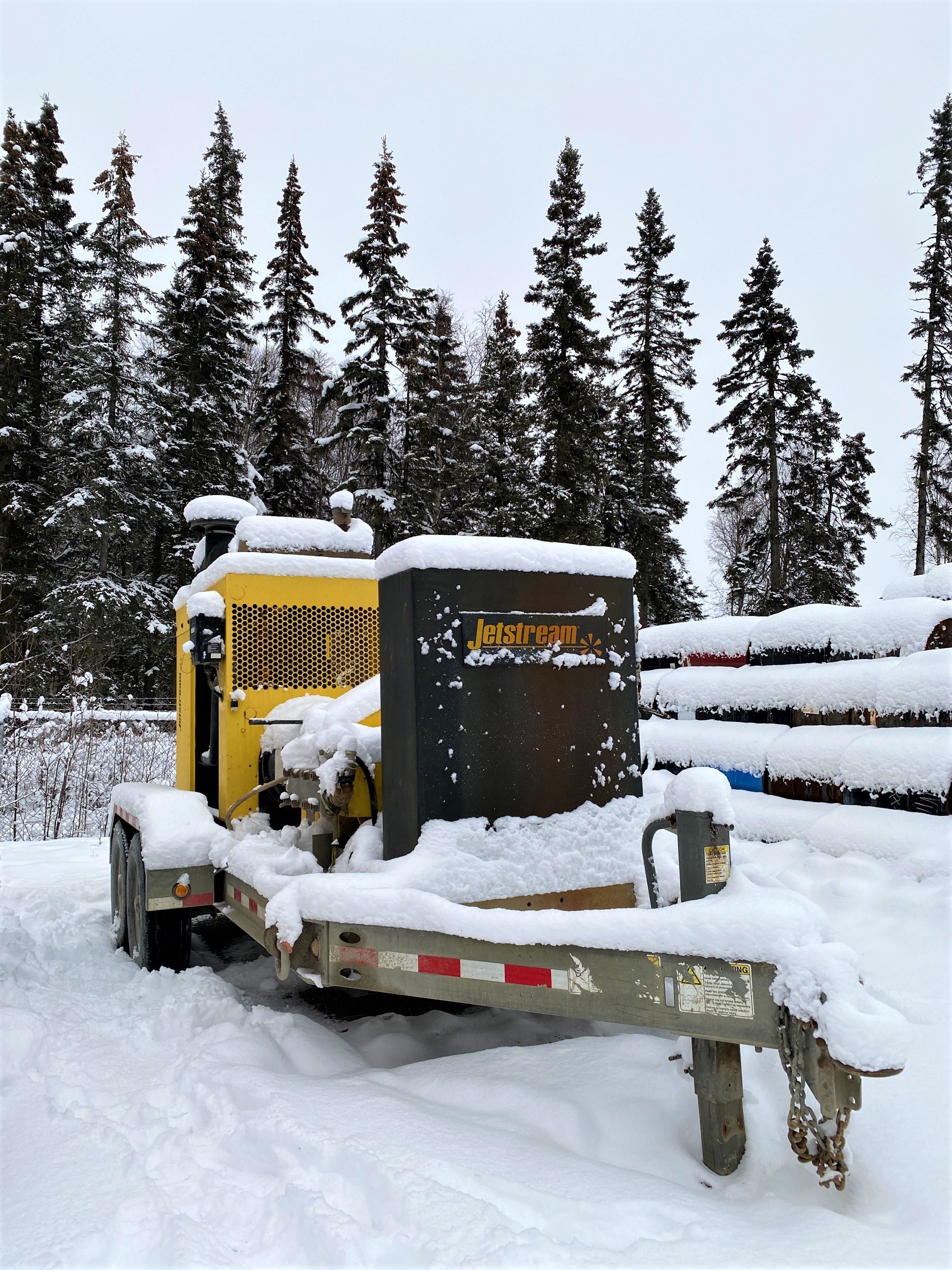
Extreme weather conditions, especially freezing temperatures, require special care for waterblasting equipment. Routine maintenance is always important, but requirements ramp up when temperatures drop below freezing. Winterization is critical to keep the equipment in good working condition and maintain operator safety. For example, a unit damaged by freezing water has an increased risk of having hoses burst or fittings fly away from the unit. Knowing the condition of the machine and the weather conditions of the worksite help determine what precautions to take.
Review these tips on when and how to winterize a waterblasting unit.
When to Winterize a Waterblasting Unit
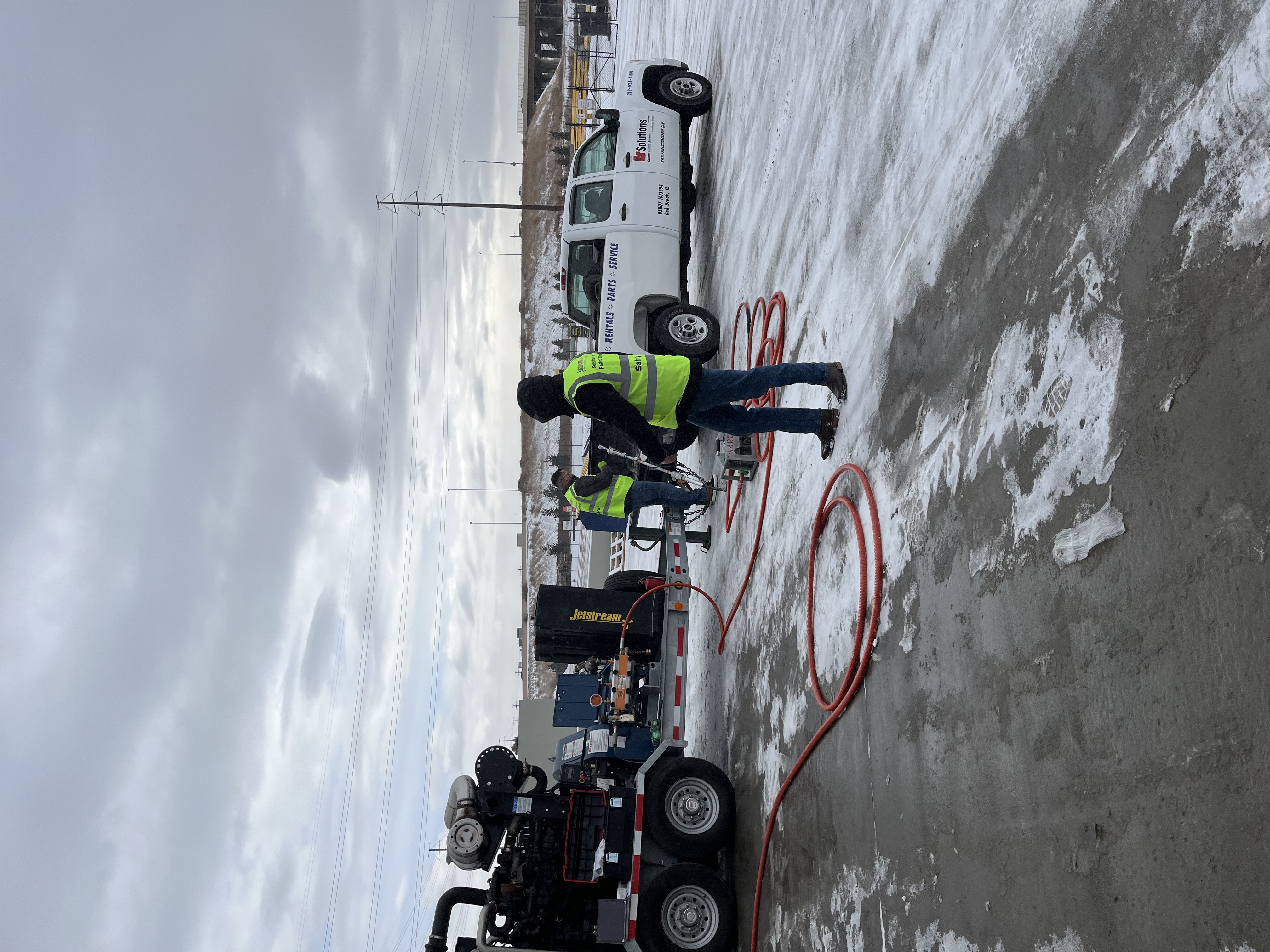
Does a waterblasting unit need to be winterized if it’s in use? Waterblasting units can be used in cold weather, even in freezing temperatures. When in use, the unit creates enough heat to avoid freezing. However, it does need to be run continuously when in freezing temperatures. If the unit will sit idle, operators can either winterize it or place it in heated storage. Some contractors use storage units or insulated shipping containers to protect their waterblasting unit when it sits idle in the winter. Other contractors who choose to leave the unit outdoors for extended periods winterize instead.
If the waterblasting unit is used periodically throughout the season, winterization can be completed multiple times as needed. Make sure to drain the water before any idle time to keep the equipment in top condition, even when traveling between jobsites.
Some contractors travel long distances with their equipment. Take caution from one contractor, who transported their waterblasting trailer through a mountain pass where they reached a high elevation where the temperatures dipped below freezing. When they reached the jobsite, they found that the waterblasting unit sustained damage because they didn’t drain the water from the system. Knowing the weather and temperature in locations where the unit will travel can help protect it against inclement weather, including conditions caused by high altitudes.
How to Winterize a Waterblasting Unit
Water should be completely drained from the waterblasting tank and system when the unit will be sitting idle in cold weather. First, disconnect the water lines and allow water to drain fully. Then, add a glycol-based antifreeze into the waterblasting system. The amount required will vary depending on the system. Run the antifreeze through the system by turning on the engine and letting it idle. Apply light pressure to the clutch handle to gently “feather” the engine. Let the plungers move back and forth slowly until the antifreeze discharges from the system. Once this happens, disengage the clutch and shut off the engine. Drain the lines fully of antifreeze and completely clean off the unit to ensure the water piping system is protected.
While most waterblasting units follow these general guidelines, be sure to read the owner’s manual and follow the specific procedure for each unit to ensure proper winterization. Make sure to complete all winterization requirements to manufacturer spec to keep the waterblasting unit safe throughout the winter months.
Working Through the Winter
Weather directly impacts the safety of a waterblasting unit. Make sure to keep an eye on the forecast when working and traveling to ensure the unit doesn’t require winterization before, during, or after. When in doubt, the best option is still to winterize the machine to protect against damage.
*All images courtesy of Jetstream of Houston LLP.

